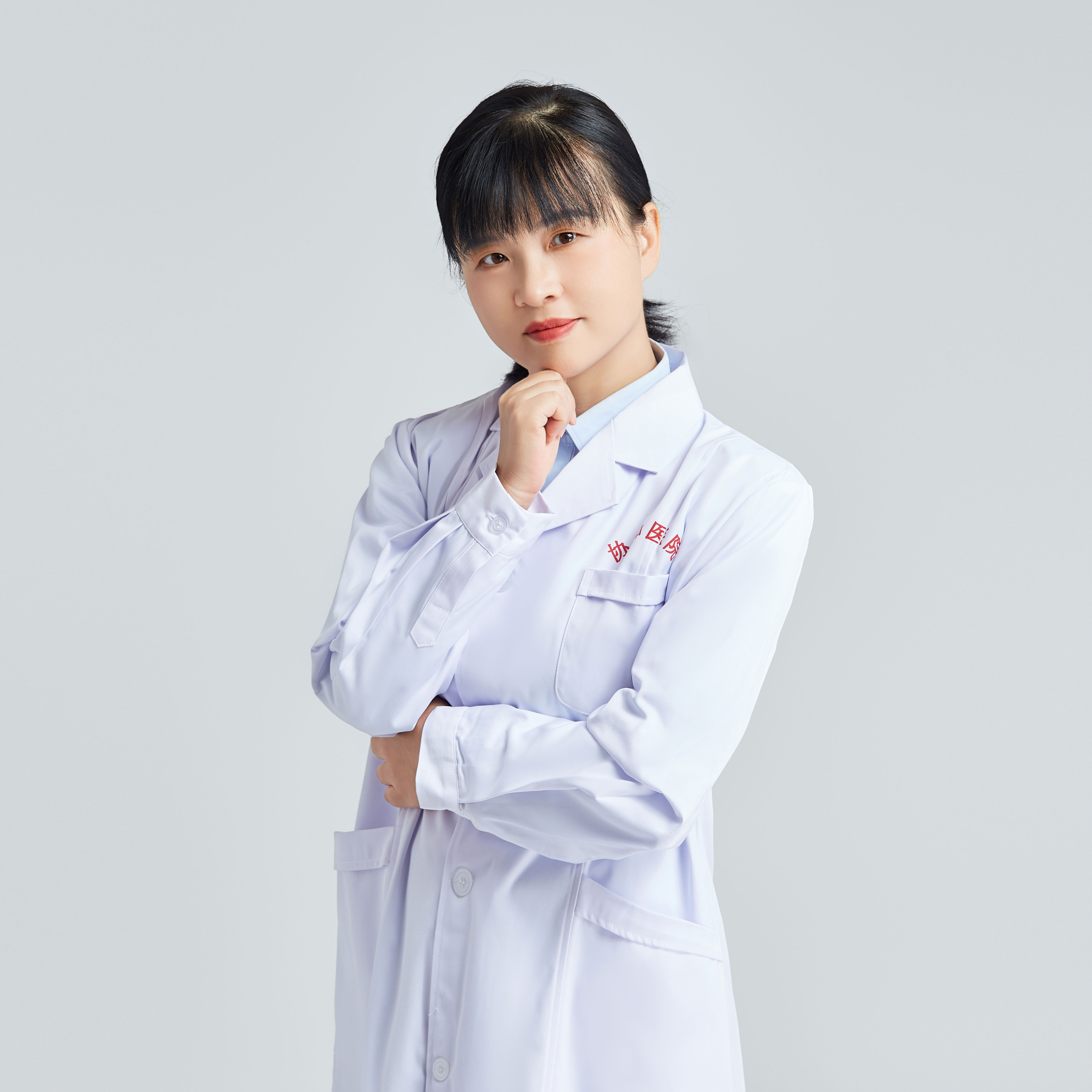What are the methods of prostate massage?
Generally, prostate massage techniques include pushing massage, kneading massage, acupressure massage, internal massage, and vibration massage. A detailed explanation is as follows:

1. Pushing Massage
Place both hands on top of each other and gently push from the navel toward the pubic bone. It is recommended to perform this technique on an empty stomach or two to three hours after a meal. This method can promote blood circulation in the abdominal area, helping to relieve prostate congestion and inflammation.
2. Kneading Massage
Place both hands on top of each other and knead clockwise over the Laogong acupoint (PC8), repeating at least ten times per set. This kneading motion can promote local blood circulation and help relieve tension and inflammation in the prostate.
3. Acupressure Massage
Locate the Zhongji acupoint (CV3), place both hands on top of each other, and gently massage this point. Stimulating specific acupoints can regulate qi and blood circulation, improve microcirculation in the prostate, and thereby reduce inflammation and pain.
4. Internal Massage
Insert a massage device into the rectum to directly massage the prostate. The patient should lie on their side and insert the device into the anus, gently massaging the prostate area. This method can act more directly on the prostate, helping to relieve inflammation and pain while promoting the discharge of prostatic fluid.
5. Vibration Massage
Use a professional prostate massager or electric vibration wand to apply low-frequency vibration to the prostate area. Mechanical vibration stimulates the prostate, achieving effects of relaxation and symptom relief.
If prostate massage is necessary, it is recommended to perform it under a doctor's guidance. If any discomfort or pain occurs, stop immediately and consult a physician. Additionally, prostate massage should be avoided by patients with acute prostatitis, prostate cancer, or similar conditions to prevent worsening of the condition.








